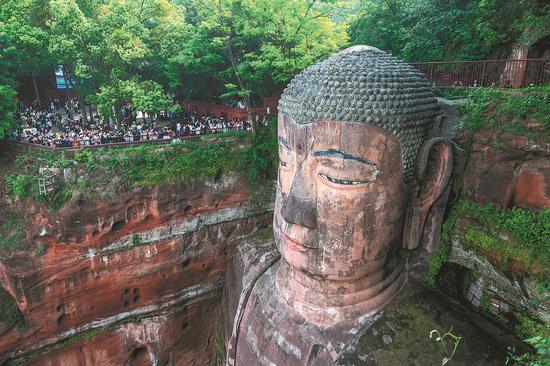
Travelers flock to see the Leshan Giant Buddha in Southwest China's Sichuan province, May 1, 2023. (Photo/China News Service)
Not a huge fan of crowds, He Fang, a 37-year-old bank employee from Nanjing, East China's Jiangsu province, planned an eight-day family trip, which started three days ahead of the May Day holiday break.
Their tour started from Lanzhou in Gansu province on April 26, with halts at historical sites and popular tourist attractions such as Jiayu Pass and Dunhuang. After a tour of Qinghai Lake, He, her husband and son are now visiting Kumbum Monastery, a Tibetan Buddhist monastery founded in 1379 in Northwest China's Qinghai province.
The family of three is among the scores of travelers estimated to make 240 million trips around the country during the five-day May Day holiday from April 29, a growth of around 104 percent compared with the same period in 2019, according to the China Tourism Academy.
The tourism sector is expected to see revenues generated during the holiday surpass 120 billion yuan, around 83 percent of tourism-related revenues earned during the same period in 2019, according to the academy.
In an interview with China Central Television, Dai Bin, president of the academy, said that judging by the estimated statistics, 2023 will enjoy the best tourism market during this holiday period since 2020, which will be the first turning point for the revitalization of the tourism industry in China.
The May Day holiday is the first long break after Spring Festival. Dai said the main tourism trends this year include more tourists, greater traveling distances, longer traveling times and increasing demand for cultural experiences. More tourists are interested in cultural heritage, museums and shows, he noted.
The Railway Guerrilla Memorial Park in the Xuecheng district of Zaozhuang, East China's Shandong province, where shows are being hosted to commemorate the historic battle of the Chinese armed forces against Japanese invaders in the early 1940s, is among the big draws. During the ongoing holiday period, the tourist attraction expects to see 100,000 visitors.
In Beijing, 147 venues are hosting 1,170 shows and 811 cultural events. On Monday, the Month of Museums event was launched in Beijing, with more than 1,000 cultural relics on display at nearly 300 exhibitions in about 100 museums. At the Beijing Central Axis Exhibition taking place at the Capital Museum, a 16-meter-long model of the core structure of the ancient capital, built to a scale of 1:500, is on display.
The tickets for the Summer Palace and the Palace Museum were all booked by April 29, so were the tickets to the permanent exhibitions at the Shanghai Museum (from April 29 to May 1) and tickets to the Sanxingdui and Shaanxi History museums (from April 29 to May 3), People's Daily reported.
According to a report by online travel agency Fliggy, the number of outbound orders on the platform grew by 200 percent compared with that during Spring Festival, with Hong Kong, Macao, Thailand and Malaysia being some of the most popular destinations.
During a news briefing on Tuesday, John Lee Ka-chiu, chief executive of Hong Kong Special Administrative Region, said that more than 760,000 tourists visited the SAR over the weekend and more than 320,000 were from the Chinese mainland. During the holiday period, the SAR expects more than 600,000 visitors from the mainland, he added.
The M+ museum, Hong Kong's global museum of visual culture in the West Kowloon district, received about 19,000 visitors on Sunday, while the Hong Kong Palace Museum saw 7,300 visitors, both hitting a record high.
As the tourism market is developing, Chinese travelers want more diverse and high-quality services and products, shifting their interests from mere sightseeing to a combination of sightseeing and relaxation, which is a new growth point, but it also means higher requirements for providers of tourism products and services, Dai said.








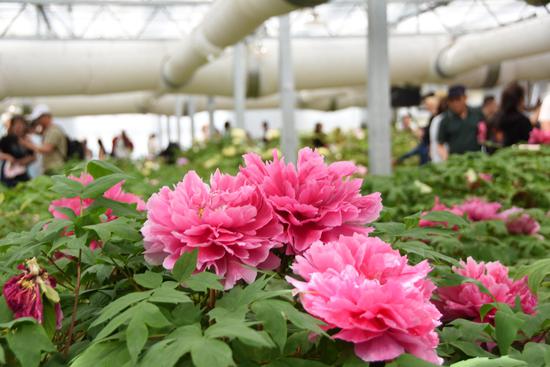
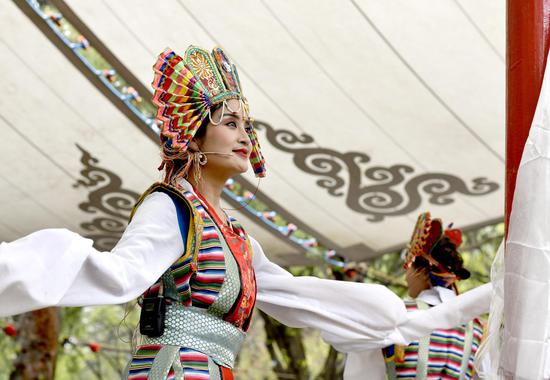
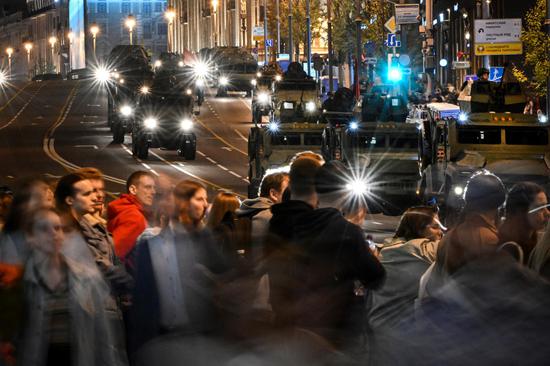
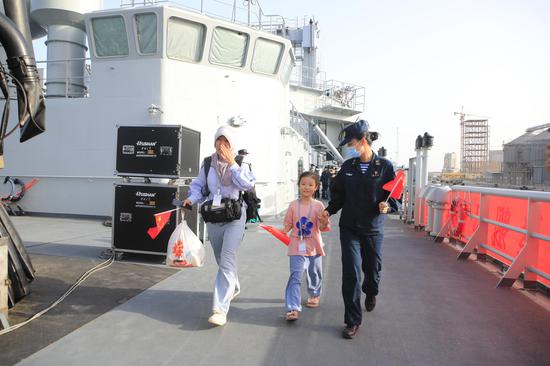
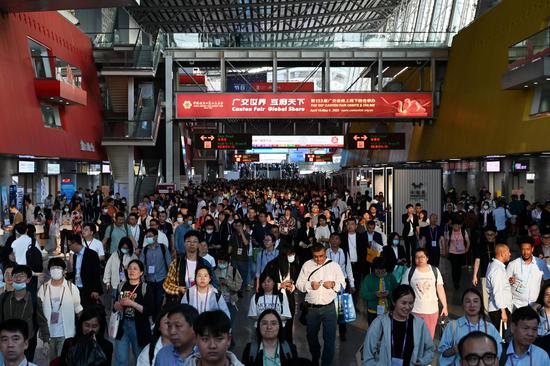

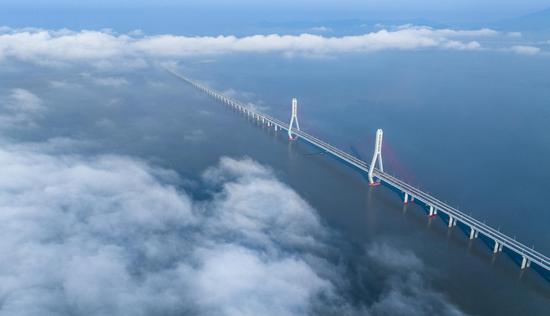
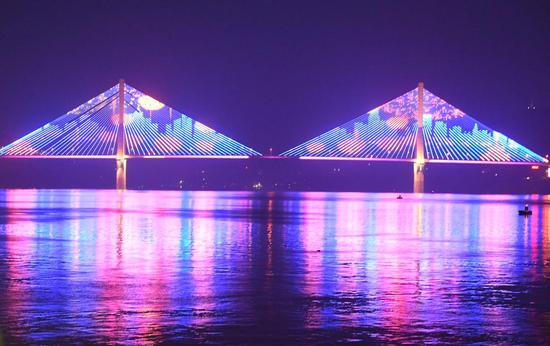
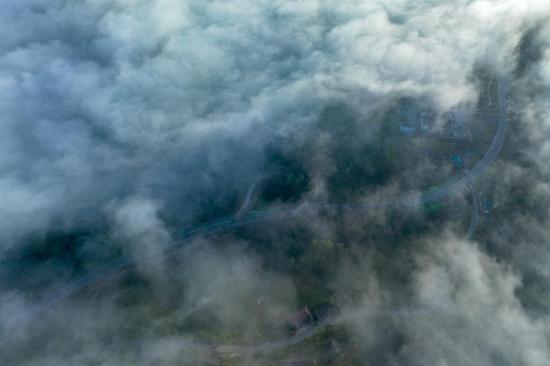
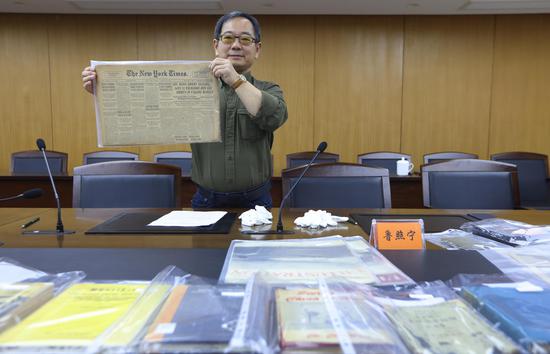

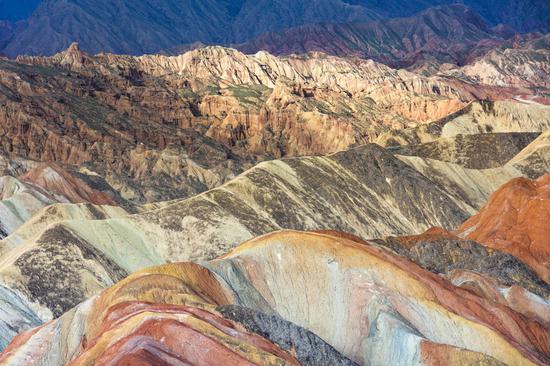



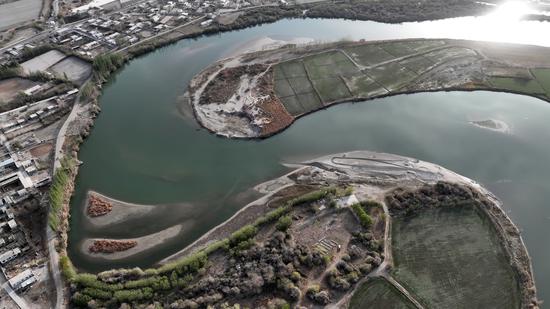
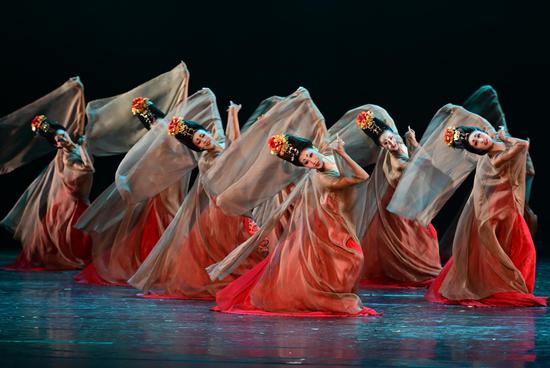
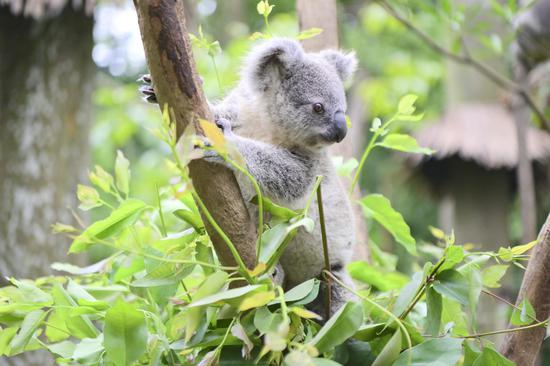
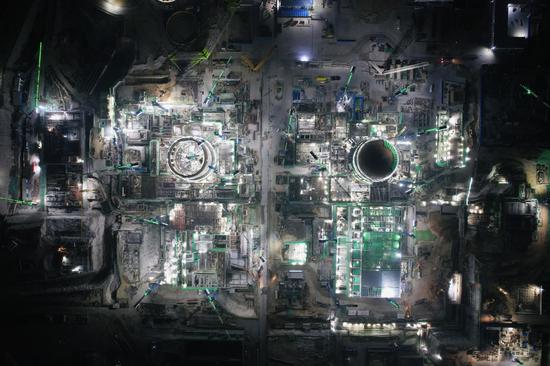



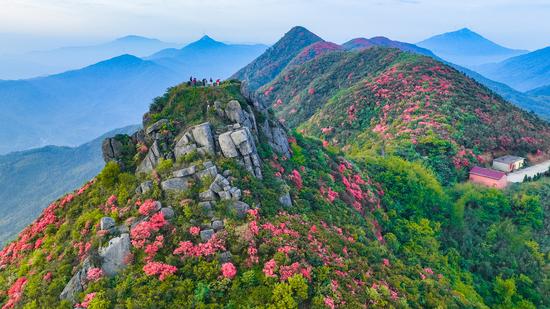
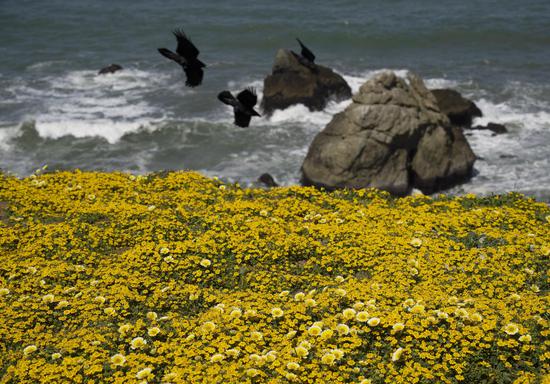




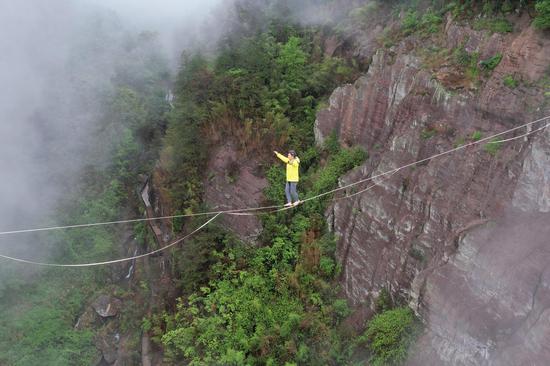

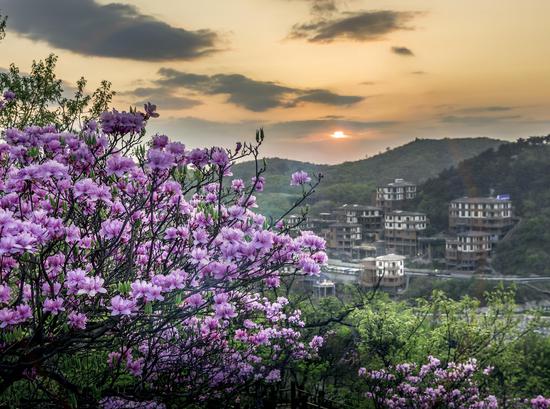
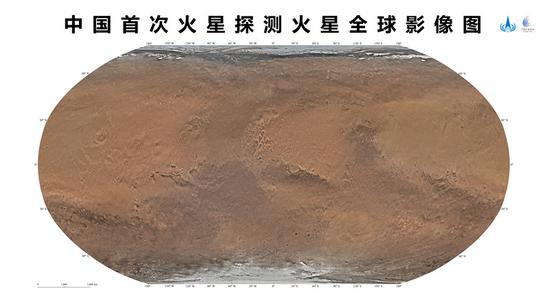

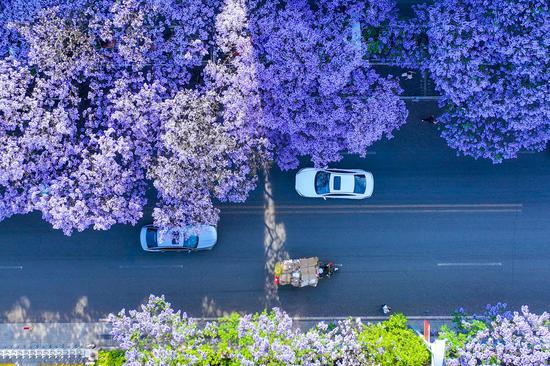
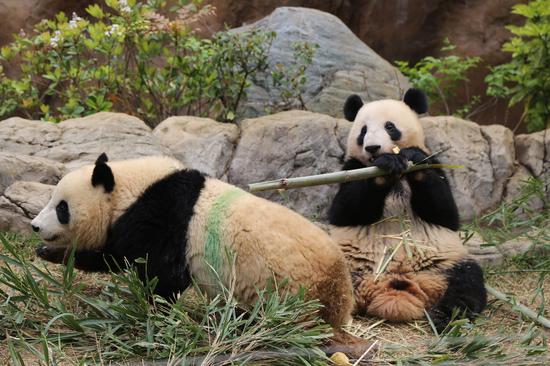
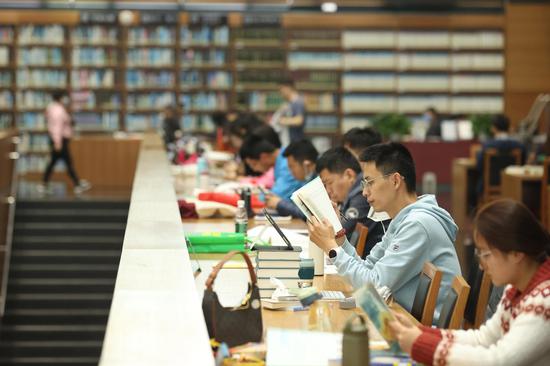




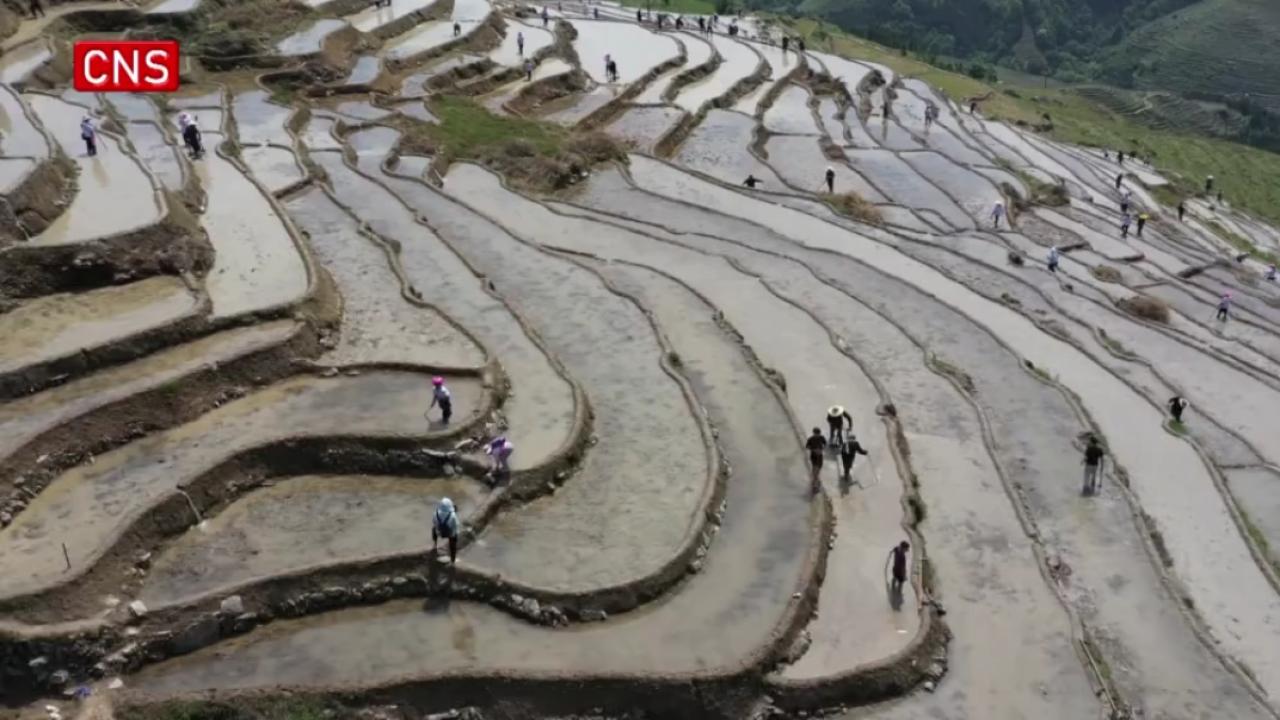

 京公网安备 11010202009201号
京公网安备 11010202009201号